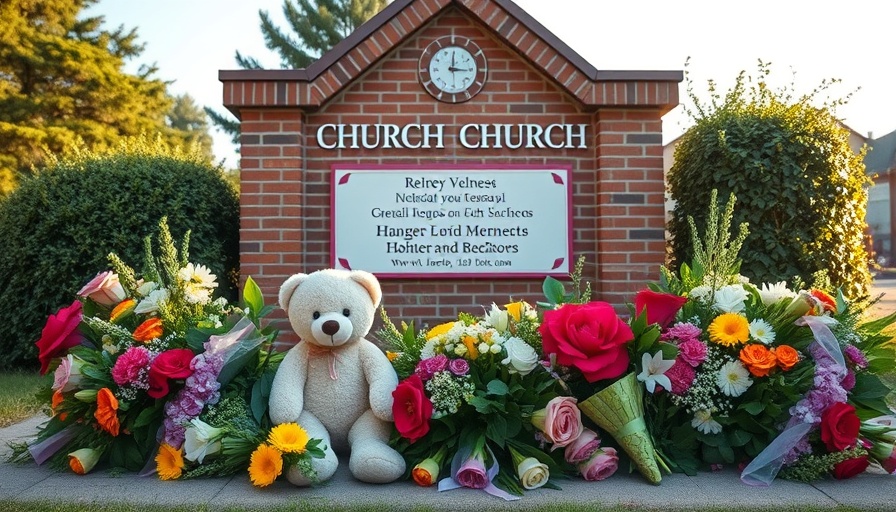
Trump's Controversial Military Proposal: A Deeper Look
In a surprising statement, former President Donald Trump has declared that he asked Mexico to permit the U.S. military to intervene in its ongoing battle against drug cartels. This assertion comes amidst a backdrop of increasing violence in Mexico linked to organized crime and raises significant questions about U.S. foreign policy, national security, and the delicate relationship with our southern neighbor.
The Historical Context of U.S.-Mexico Relations
Historically, the relationship between the U.S. and Mexico has oscillated between cooperation and tension. The Merida Initiative, launched in 2007, aimed to combat drug trafficking and organized crime through a combination of financial aid and military support. However, the efficacy of these interventions has been debated, with critics arguing they exacerbated violence rather than alleviated it.
Social Implications and Domestic Reaction
Trump’s recent comments may invigorate national discussions on crime and immigration in the U.S., particularly as the upcoming elections loom. The idea of military intervention is polarizing; some believe it may offer a solution to the rampant drug violence affecting American communities, while others view it as an overreach that undermines Mexican sovereignty and could lead to unintended consequences.
Technical Challenges: Logistics of Military Aid
Implementing such a military action is fraught with logistical and legal challenges. Questions regarding congressional approval, international law, and the potential for diplomatic fallout arise. Military involvement would necessitate understanding how to engage effectively without escalating conflict, turning cartels into adversaries of a foreign military.
Reactions from Key Political Figures and Institutions
Political leaders from both parties have weighed in on Trump's declaration. Democrats have expressed concern over the implications for U.S. foreign policy and humanitarian issues, while some Republicans show cautious support, aligning Trump's narrative with a tough-on-crime platform. This debate plays into larger themes of national security and bipartisan political dynamics in Congress.
Implications for Policy and Governance
This situation raises critical questions about the scope of executive power in foreign policy. Trump's suggestion, made in the context of a politically charged environment, invites discussions about legislative versus executive authority and how future administrations might navigate these waters. The potential for legislation or executive orders concerning military intervention could redefine U.S. military policy.
International Perspectives: How Other Nations View U.S. Intervention
The international community’s perspective on U.S. military aid in Mexico also matters. Regional allies such as Canada and nations in Central America may react in diverse ways, weighing their security concerns against the ramifications of perceived U.S. imperialism. The geopolitical ramifications of military involvement could extend far beyond Mexico, potentially impacting U.S. relations across Latin America.
Looking Ahead: Future Trends and Considerations
As the political climate shifts in anticipation of the next elections, Trump's comments could influence voter turnout and campaign strategies. The concept of U.S. involvement in foreign conflicts could become a pivotal issue, reshaping debates between candidates and parties, especially regarding issues like national security, immigration policy, and bipartisan cooperation.
Conclusion: The Broader Implications of Trump’s Proposal
Trump's military intervention proposal opens a Pandora's box of issues pertaining to foreign policy, domestic security, and international relations that are particularly relevant in today's sociopolitical landscape. For professionals engaged in politics, headlines stemming from these discussions might dictate legislative agendas, campaign strategies, and public opinion in the run-up to the next presidential election.
As these issues evolve, staying informed and engaged is crucial. Understanding the political ramifications and policy implications is vital for advocacy and professional involvement in governmental affairs.
 Add Row
Add Row  Add
Add 




Write A Comment